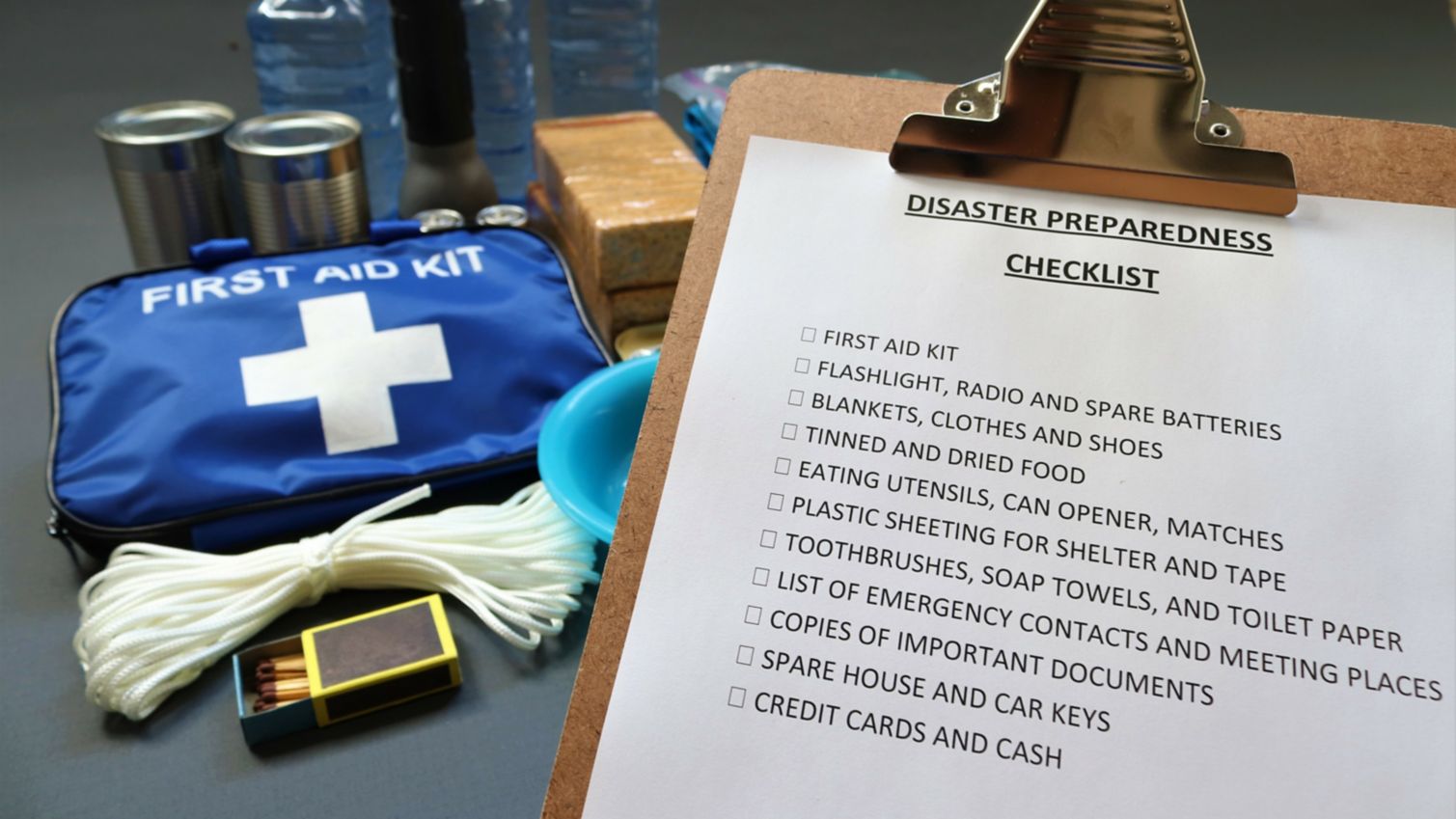Humana prepares

Disasters
Hurricanes
Hurricanes can happen along any U.S. coast and can cause damage from storm surge, high winds and flooding. If you live in a hurricane prone area, follow these tips to stay safe.
Tornadoes
A tornado can happen anytime, anywhere, and bring intense winds of more than 200 miles per hour. Follow these tips to stay safe when a tornado threatens.
Flooding
Flooding is the most common natural disaster in the U.S. See how you can protect your loved ones and your property from flood damage.
Winter weather
Winter weather can bring extreme cold, snow, freezing rain, ice and high winds. Learn all the dangers of a winter storm and ways to stay safe during one.
Extreme heat
Heat-related illnesses and deaths can happen, but they are preventable. See how to stay safe during a heat wave and treat heat-related illnesses.
Wildfires
Wildfires are dangerous fires that can spread quickly and devastate wildlife and communities. Learn how to be ready for a wildfire and reduce your risk.
Earthquakes
Earthquakes happen without warning and can cause fires, tsunamis, landslides or avalanches. Explore these tips on how to plan and practice for an earthquake.
Additional resources

Emergency alerts and support for members
For our members in declared disaster areas, including members in California, Humana wants to make it easy to find the information you need. We’ve compiled notifications and resources to help in a disaster situation.